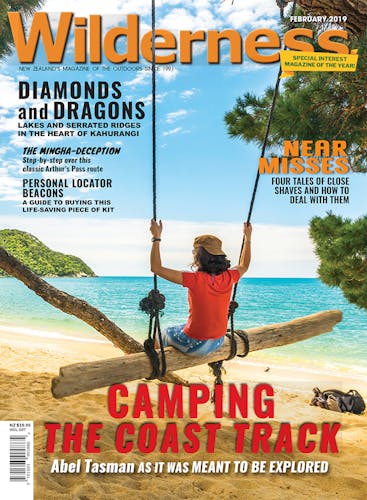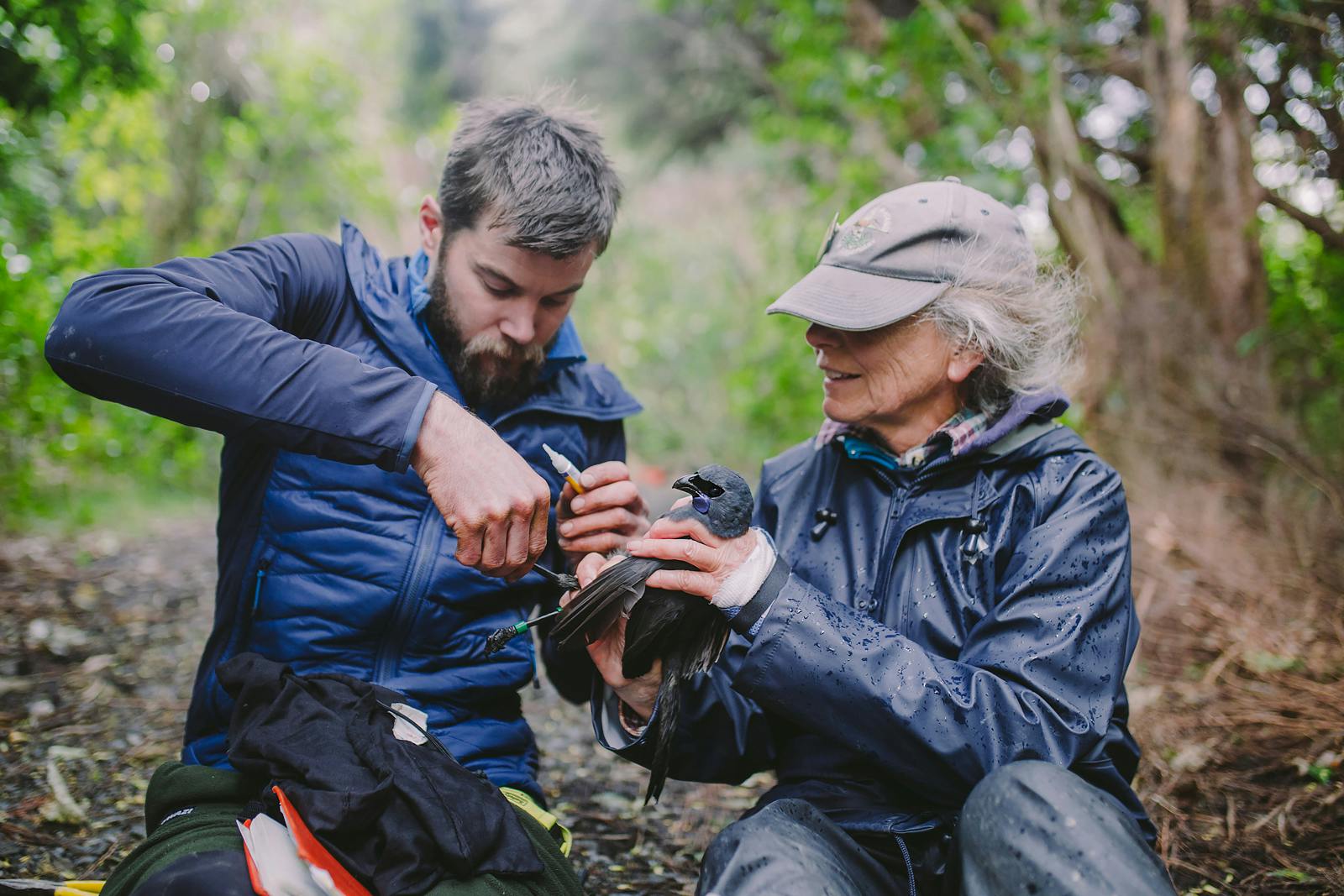Nostalgia for lost bird song has inspired great change on the Waikato’s highest peak, Mt Pirongia.
Grassroots conservation efforts by the Pirongia Te Aroaro o Kahu Restoration Society has been building since its inception in 2002.
It’s success in restoring the maunga earned the society a New Zealand Biosecurity Award, last December.
Chairwoman Clare St Pierre said the group – which now has more than 270 registered volunteers – was a reaction to a growing silence in the mountain’s forests.
“I felt strongly that we needed to recognise Mt Pirongia as a taonga, a wonderful treasure that had been sadly neglected, and was degrading,” St Pierre said.
A public meeting was called, and the community responded to form the society.
An ongoing trapping operation undertaken by volunteers has seen pest numbers drop significantly in a 1000ha zone on the mountain, allowing native fauna to regenerate.
Giving volunteers realistic goals and manageable workloads has been a key to the society’s success.
“The focus has always been on making it achievable for volunteers. You’ve got to be realistic on what people can commit to, and sometimes less is more,” St Pierre said.
Kōkako, not heard in the area since the 1990s, made their return in July 2018 – a huge milestone for the society, whose efforts have helped raise the species’ status from ‘threatened’ to ‘at risk’.
“We’re really rapt,” St Pierre said. “We’re just community volunteers, doing it because we love our local mountain and we want to have native birds thriving there again.”
Increased populations of other native bird species have also been measured on Mt Pirongia, including riflemen, tomtit, tui, bellbird, whitehead and kereru.







